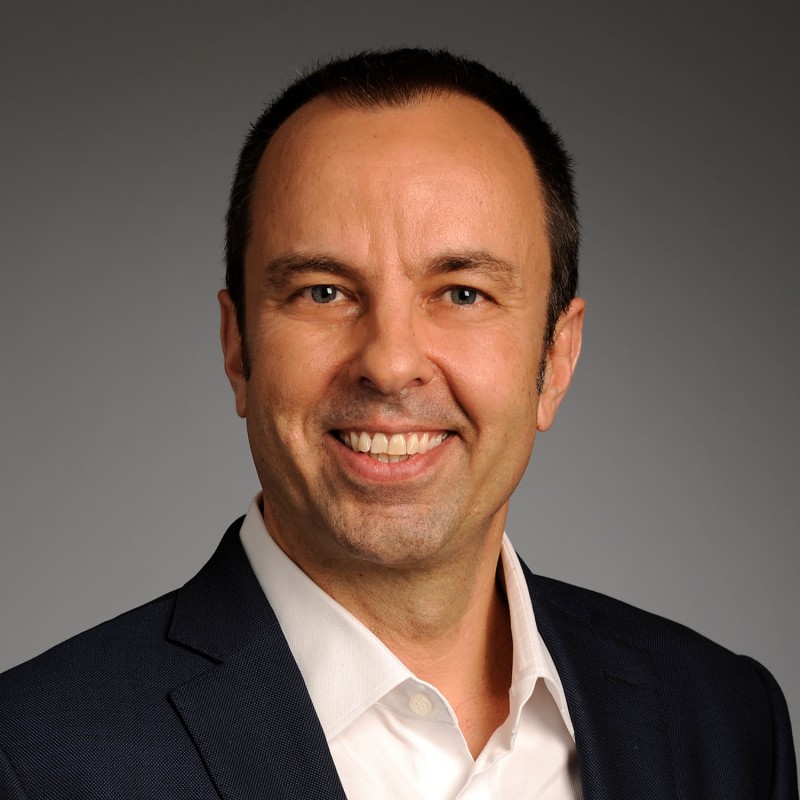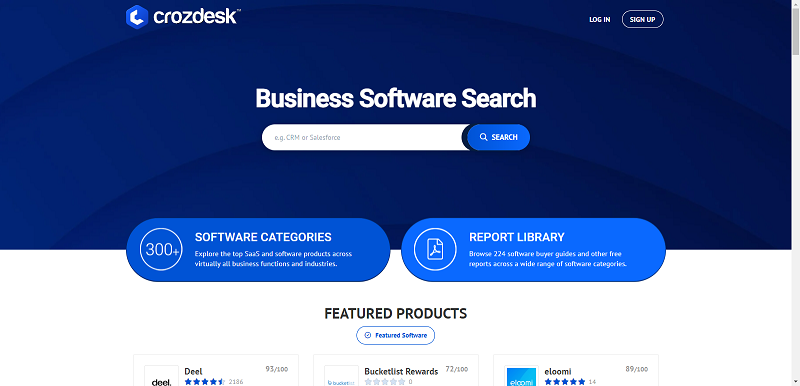It’s obvious that IoT can make the entire healthcare industry more efficient. The kind of data involved can be used to save time, physical energy and operating costs.
Because of this, devices that facilitate medical data are becoming more commonplace in the industry. This includes things such as wearables that can track a patient’s vitals remotely, tags and trackers for onsite equipment monitoring, medical resources on mobile and more.
And these are just a few general examples. You can bet that over time more technology will crop up that makes the lives of healthcare professionals easier. But along with the rise of these technologies and devices comes the need for security.
Given the addition of new IoT devices in recent years, it makes perfect sense, then, why Market Research has estimated that healthcare IoT security will grow by 40 percent from 2016 to 2021.
With the recent IoT security market estimated at $4.7 billion with revenue of up to $2.2 billion, you can clearly see it has the potential for such growth. Healthcare IoT Security is expected to grow right alongside the medical IoT market, which has grown in popularity and necessity quite rapidly.
There are many IoT applications that can be used to monitor a patient’s health, such as Future Path Medical’s UroSense. It measures the urine of catheterized patients to report crucial information, like body temperature. The data syncs to a nursing station or mobile device, allowing professionals to watch patients remotely.
Not all these devices are connected directly to the internet. Sometimes they tap into a local network to sync data. Even so, they can still be vulnerable.
Through software and hardware vulnerabilities, hackers can gain access to sensitive data and medical records. If these hackers were to gain access to medical equipment during an emergency situation, they could cause irreparable damage.
This is exactly why healthcare IoT security is growing so fast. As more medical equipment becomes IoT-enabled, more security is necessary.
Just a single device like UroSense can identify signs of kidney injury, heart failure, infections, diabetes, tumors, sepsis and more. That’s why it’s much better – and more efficient – to have these kind of IoT-enabled devices in place as opposed to removing IoT from health care entirely. Health care professionals have access to transmitted data no matter where they are, exactly when they need it, which is hugely important for the success and improvement of modern day medicine.
Google, for Instance, has come up with a contact lens that can identify a patient’s blood glucose levels. This makes monitoring diabetes much easier – and less painful for patients.
Additionally, powerful and surprisingly accurate equipment tracking in hospitals allows staff to locate resources quickly. Centrak is one company that specialized in real-time locating systems (or RTLS) in the healthcare industry. In an emergency situation, real-time reporting systems like this can save lives because staff members don’t have to search for the critical resources they need, wasting precious minutes.
But all of these devices collect important and sensitive data that must not only be accessible to healthcare professionals but also secured.
This kind of sensitive data requires a great deal of security, especially in an age where cyber attacks are commonplace. Then there’s the matter of HIPAA – the Health Insurance Portability and Accountability Act. By law, all electronically created, synced, maintained or transmitted patient data must be protected.
More importantly, patient privacy is also a viable concern. This involves making sure the appropriate parties have access to the data in question, and no one else. A breach of privacy or security is detrimental to everyone, including patients and health care providers.
Simply put, a majority of devices and systems – including those in the healthcare industry – are connected to the internet of things. And, as our connected technologies continue to evolve, so too must the security we place around them. Forty-seven billion dollars is no small number. Hopefully 2021 will prove to us once and for all that we can have our connected world, without sacrificing all of our personal data in the process.
By Kayla Matthews





